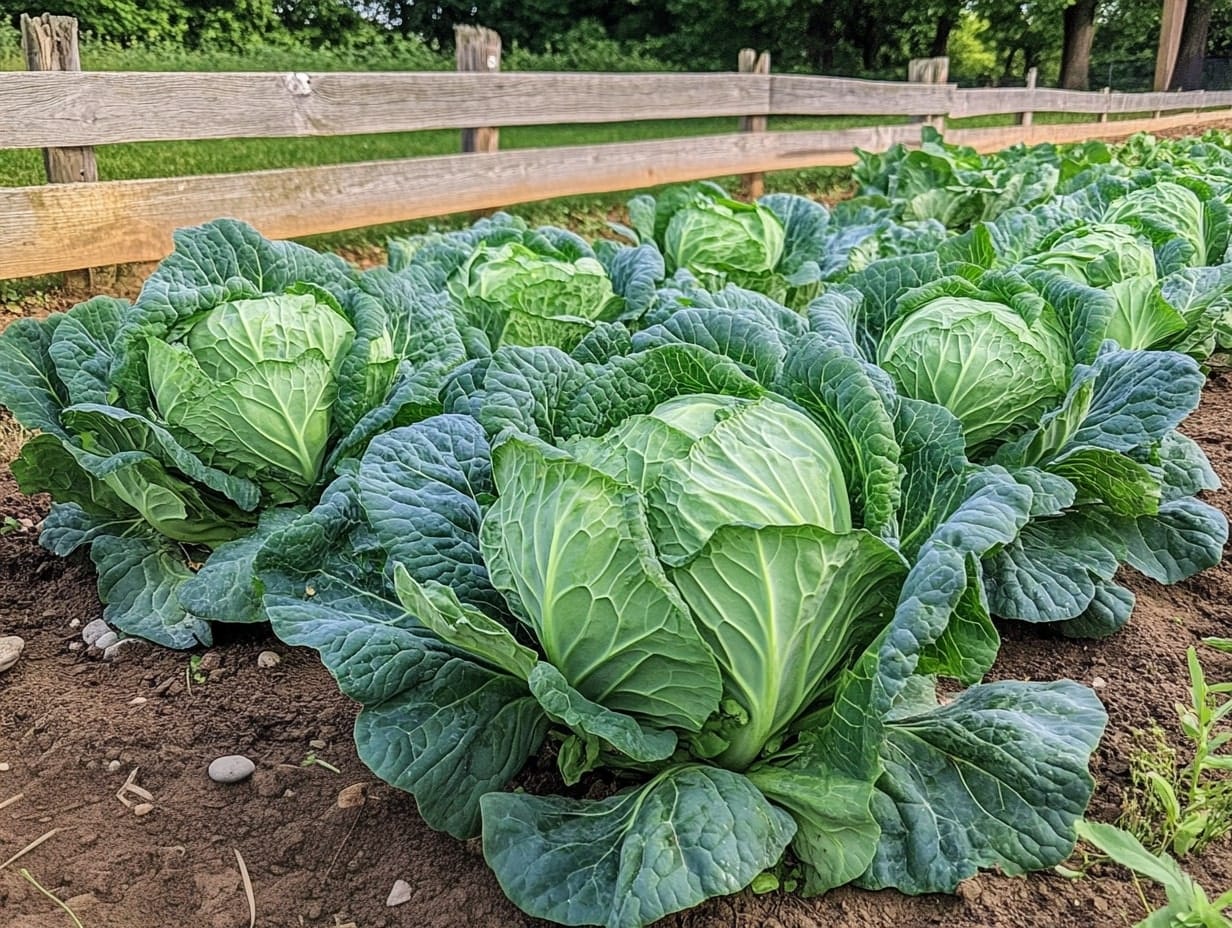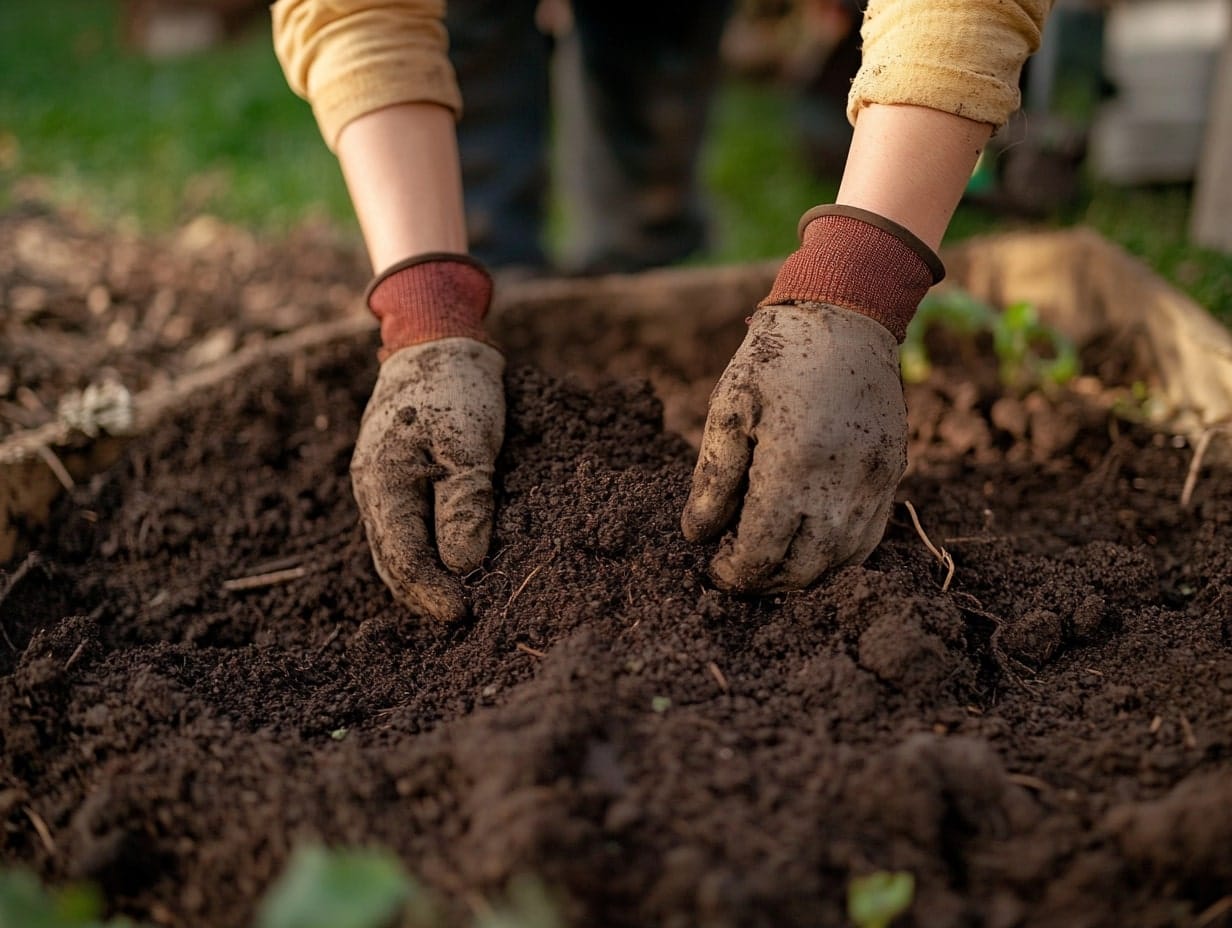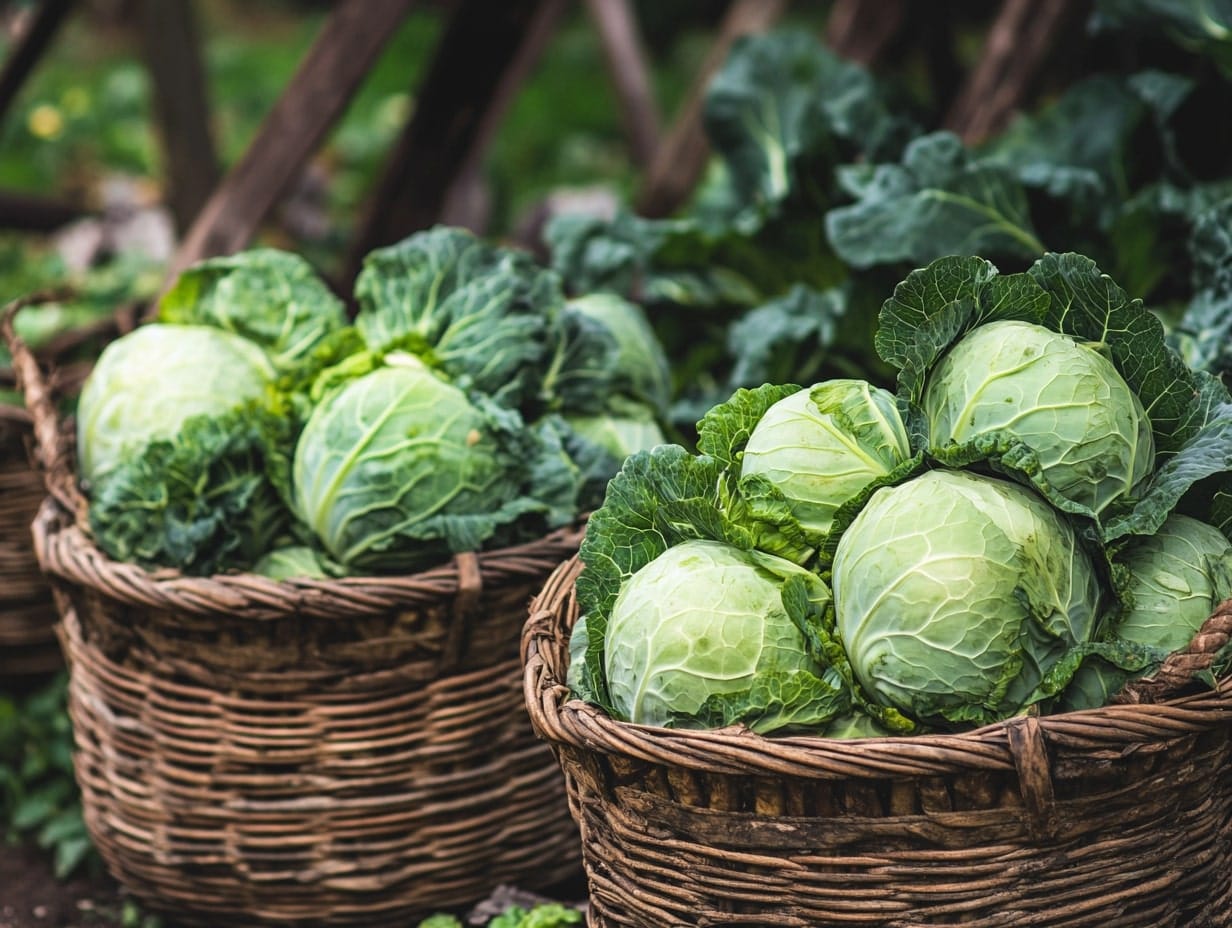When you buy products via links on our website, we might receive an affiliate commission. Learn more
Cabbage: The Low-Maintenance Crop for Your Urban Garden

Dreaming of fresh, homegrown cabbage but short on time and water? Look no further! This resilient vegetable thrives with minimal effort, making it ideal for busy urban gardeners.
Whether you have a balcony, rooftop, or small backyard, growing cabbage can be a rewarding and sustainable way to enjoy this nutritious and versatile vegetable.
Let's dive into some key tips for cultivating low-maintenance, water-efficient cabbage in your urban oasis.
Choosing the Right Variety

Not all cabbages are created equal. When selecting a variety for your urban garden, consider the following:
- Heat-Tolerant Varieties: Savoy and red cabbage are excellent choices for warmer climates as they are more resilient and require less frequent watering.
- Compact Varieties: Dwarf or tennis ball cabbage varieties are perfect for small spaces and containers. These types mature faster, making them suitable for shorter growing seasons.
Soil Preparation and Planting

For optimal growth, cabbage needs well-draining, nutrient-rich soil. Here’s how to prepare your planting area:
- Soil Amendment: Before planting, enrich your soil with compost or aged manure to boost its fertility. This ensures that your cabbage plants receive the nutrients they need to thrive.
- Sunlight: Choose a location that receives at least 6 hours of direct sunlight daily.
- Sowing Seeds: Sow seeds directly in the ground, spacing them about 12 inches apart. Alternatively, start seeds indoors 4-6 weeks before the last frost and transplant them outdoors when they have at least 4 true leaves.
Water Wisely
While cabbage requires regular watering, it’s surprisingly drought-tolerant. Here’s how to manage watering effectively:
- Deep Watering: Aim for deep watering every 7-10 days, allowing the soil to dry slightly between waterings. This encourages deep root growth and makes the plants more resilient to drought.
- Mulching: Mulching around your plants helps retain moisture and reduces the need for frequent watering. Organic mulches like straw or shredded leaves are excellent choices for urban gardens. They also suppress weeds, further minimizing maintenance.
Low-Maintenance Care
Cabbage requires minimal care beyond watering. Here are some tips to keep your plants healthy:
- Pest and Disease Inspection: Regularly inspect your plants for pests and diseases. Take action promptly if needed to prevent infestations from spreading.
- Avoid Overfertilizing: Too much fertilizer can lead to excessive foliage growth at the expense of head formation. Use a balanced fertilizer and follow recommended application rates.
Harvesting and Enjoying Your Bounty

Cabbage is ready to harvest when the heads are firm and well-formed. Here’s how to harvest and enjoy your cabbage:
- Harvesting: Depending on the variety, cabbage matures in 60-90 days. Use a sharp knife to cut the heads at the base.
- Culinary Uses: Cabbage is incredibly versatile in the kitchen. Enjoy it fresh in salads and slaws, or cook it in soups, stews, and stir-fries. Its crunchy texture and mild flavor make it a favorite in many dishes.
Conclusion
Growing cabbage in your urban garden is a rewarding experience that requires minimal effort and water.
With these tips and a bit of attention, you can enjoy fresh, homegrown cabbage all season long.
This resilient vegetable not only adds nutritious value to your diet but also enhances your gardening experience with its ease of cultivation.
So, whether you are a seasoned gardener or just starting out, give cabbage a try in your urban garden.
You’ll be pleasantly surprised by how low-maintenance and productive this crop can be. Happy gardening!
